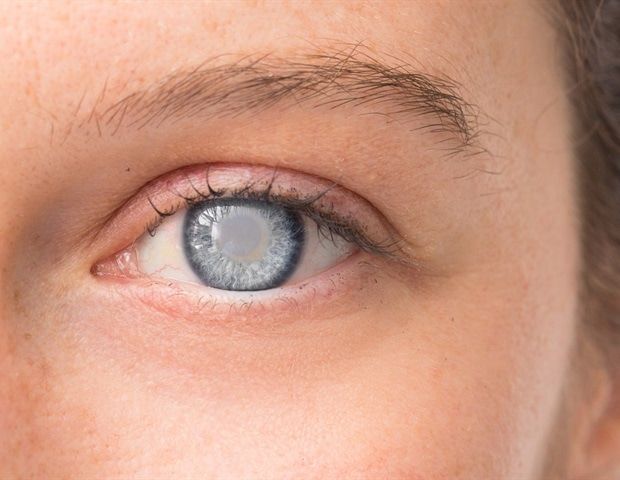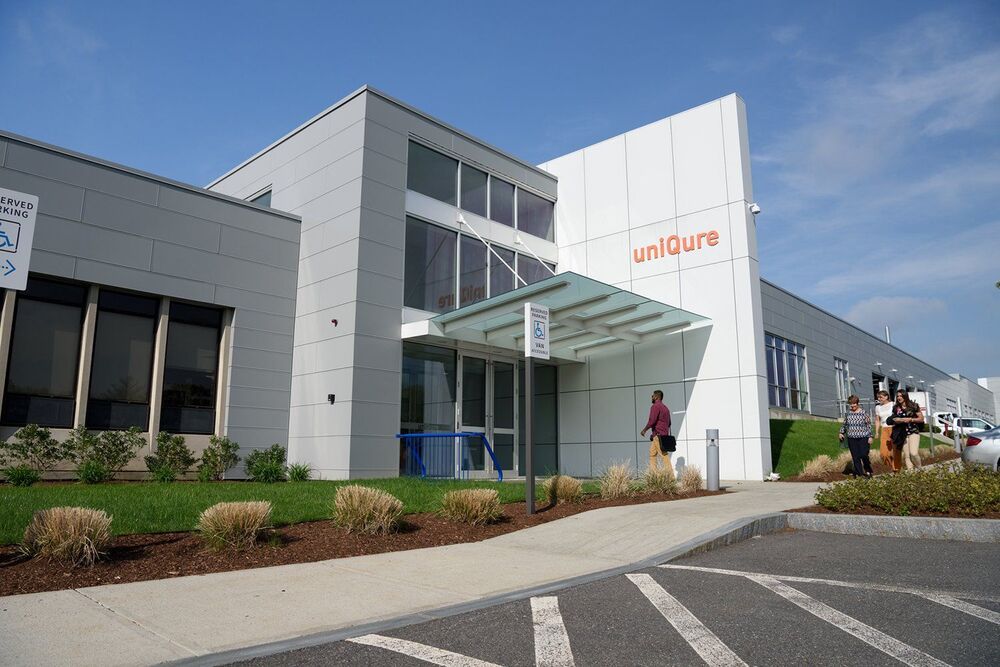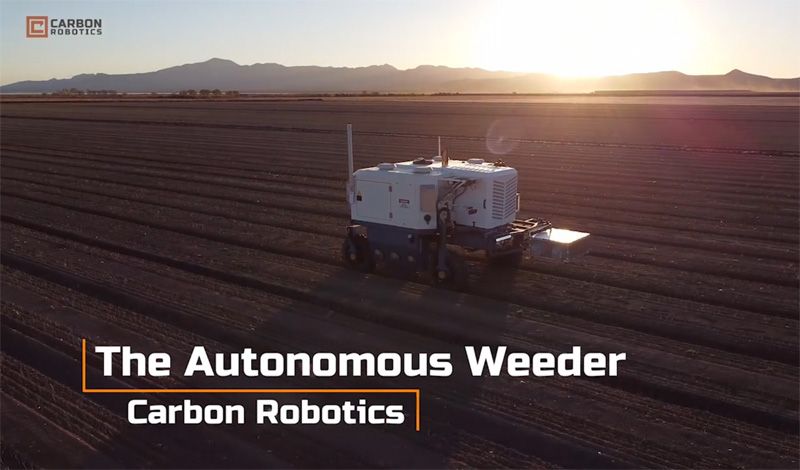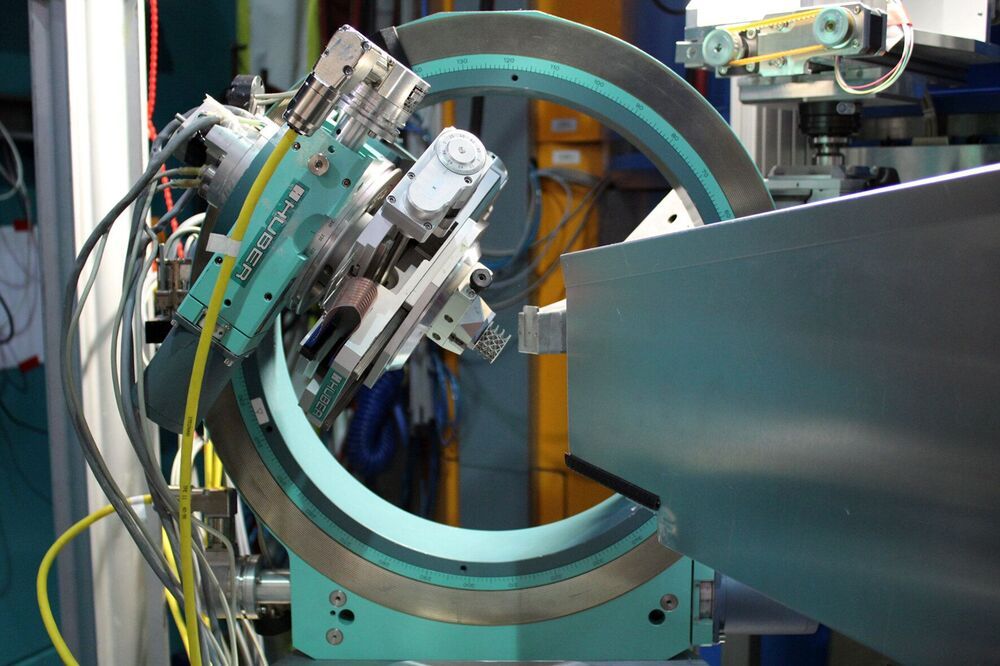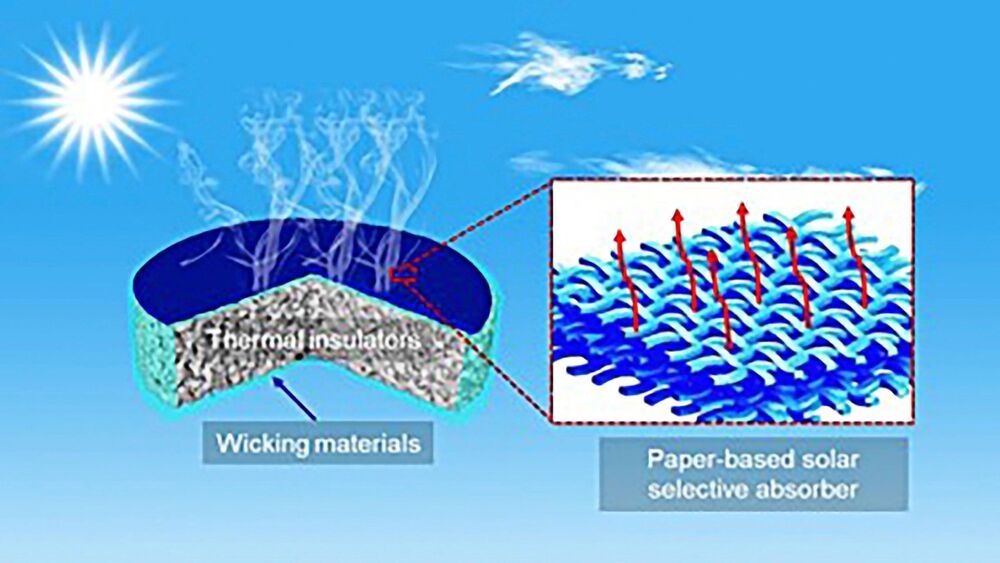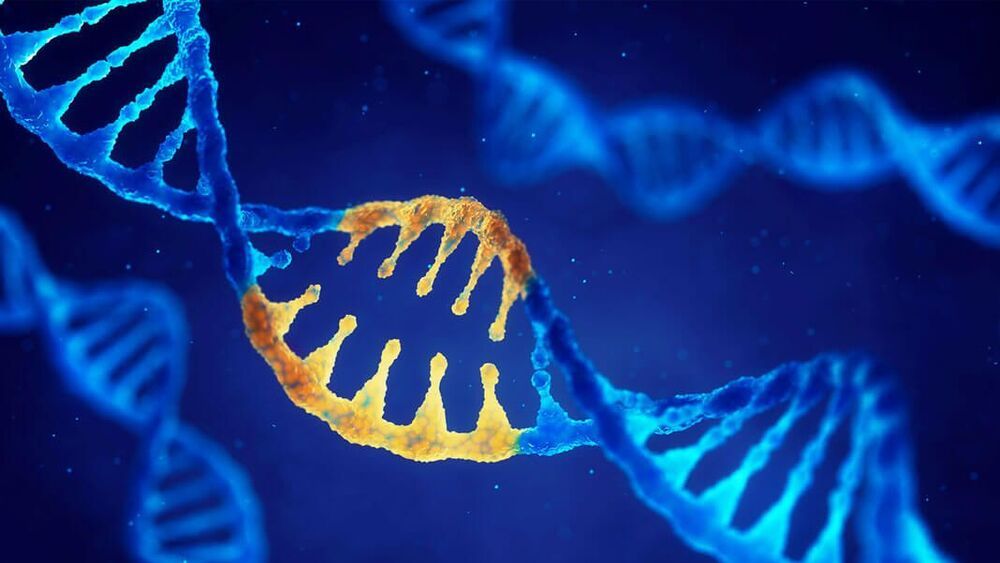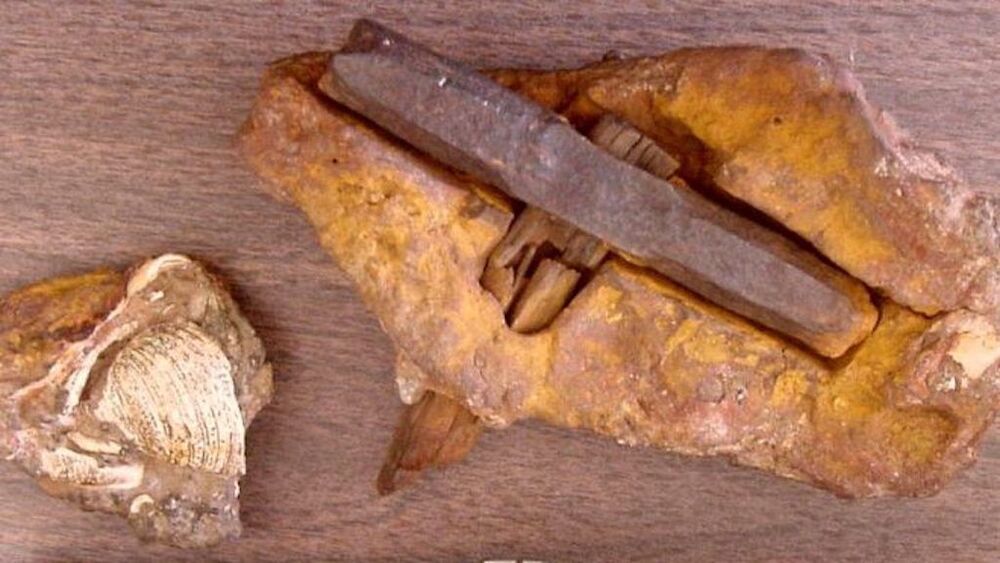Apr 27, 2021
DoD wants new ideas for real-time spectrum sharing
Posted by Genevieve Klien in category: robotics/AI
WASHINGTON — The Department of Defense wants to see a prototype that can ensure spectrum is available whenever it’s needed for aerial combat training, according to an April 26 request from the National Spectrum Consortium.
The effort, focused specifically on the Operational Spectrum Comprehension, Analytics, and Response (OSCAR) project, is part of a larger portfolio included in the DoD’s office of research and engineering’s Spectrum Access Research & Development Program. That program hope to develop near real time spectrum management technologies that leverage machine learning and artificial intelligence to more efficiently and dynamically allocate spectrum assignments based on operational planning or on operational outcomes, a release said.
“I think of this set of projects as a toolset that’s really the beginning of starting to move toward pushing those fundamental technologies into more direct operational application,” Maren Leed, executive director of the National Spectrum Consortium, told C4ISRNET. It’s “starting to bridge from just sharing with commercial into capabilities that are going to enable warfighting much more directly.”


